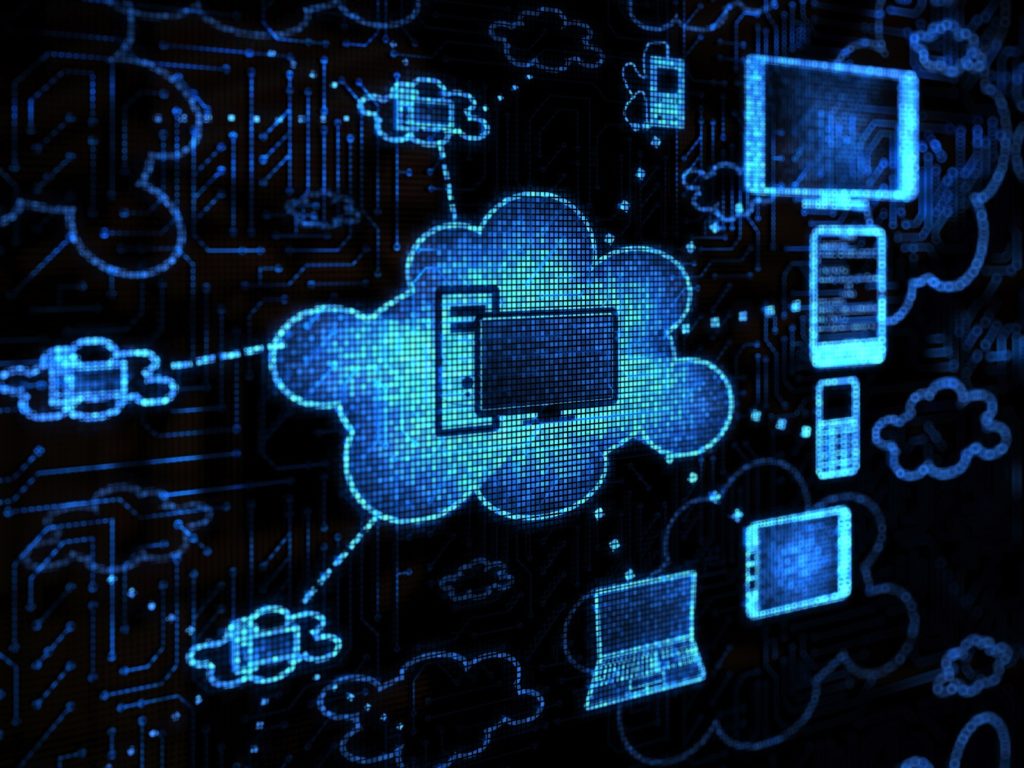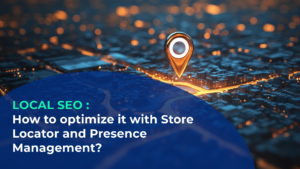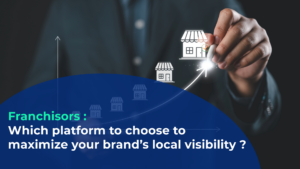Data is the key
If Retailers want to be successfull in the digital world, they need to be very good at managing their data! But this is probably the most complicated task they will need to carry on. At the Mobile World Congress, a huge majority of the company have, as a core business, the management of data. It is very often marketed on another way, but the core is always data.
Yesterday, Rick Costanzo, Executive VP at SAP talked about the quantity of data that is produced every day. He mentionned an interesting statistic, the fact that “90% of the world’s data has been produced over the last 2 years”. And this is not about to stop. Imagine how many wearable devices are produced every day, how many pictures you take with your smartphone or how many information you register by using your connected devices. All this is part of this data creation.
Data for Retailers
In the Retail sector, data is also very important. With loyalty cards, you track which products are bought at what price by which customer in which store and when. Stores start to track in-store behavior data. E-commerce departments track everything users do on their websites. And it is not over, on other areas than marketing, data is everywhere: inventories, supply chain, cost structures, etc.
In the digital environment, retail stores have been a bit forsaken compared to the e-commerce sector. The majority of investment has been placed on the digital conversion funnel. CRM systems are in place and there is a lot of knowledge around customers, sales channels, closing moments etc. It is now time for physical stores to optimise the conversion funnel.

And in that dimension, we are all discussing and brainstorming. Copsonic, the French company proposing ultrasound solutions to deliver coupons in-store (see this article) has a tracking solution as well as many other companies specialised in that area (Amoobi, sensewhere, etc.). When customers are using Retailer’s Apps (for instance, a customer of Quick is using the Quick App to get a coupon and go to the closest restaurant), it is possible to track the conversion through different systems such as beacons (estimote, for instance has a very nice stand at the MWC).
But when customers go outside of the Retailer’s environment, it may become much more difficult to measure the conversion and then the ROI. Imagine you search for a supermarket on Google, you find a Carrefour store next to you on Google Maps and put the address on your GPS system (in your car for instance). In this case, it is currently not possible to get statistics.
What’s next?
Well, this is a very good question. Currently, there is no perfect solution to collect the date in a web-to-store perspective (outside of the Retailer’s media). But even when the data will be available, the challenge will be to interconnect all data sources (CRM, Local Store data, external factors, etc.) in order to continuously improve the data quality.
We are working on this with several partners and are always happy to get feedback from you.
See related articles:




